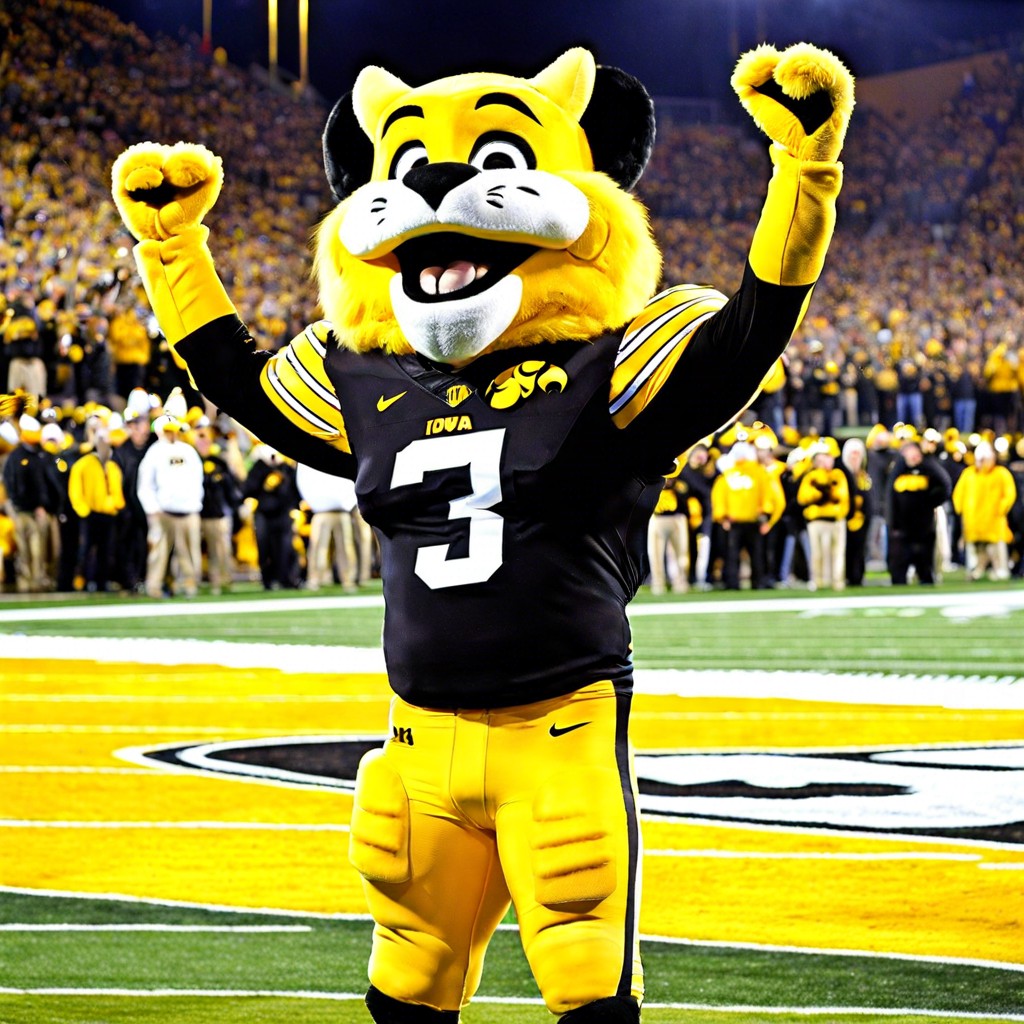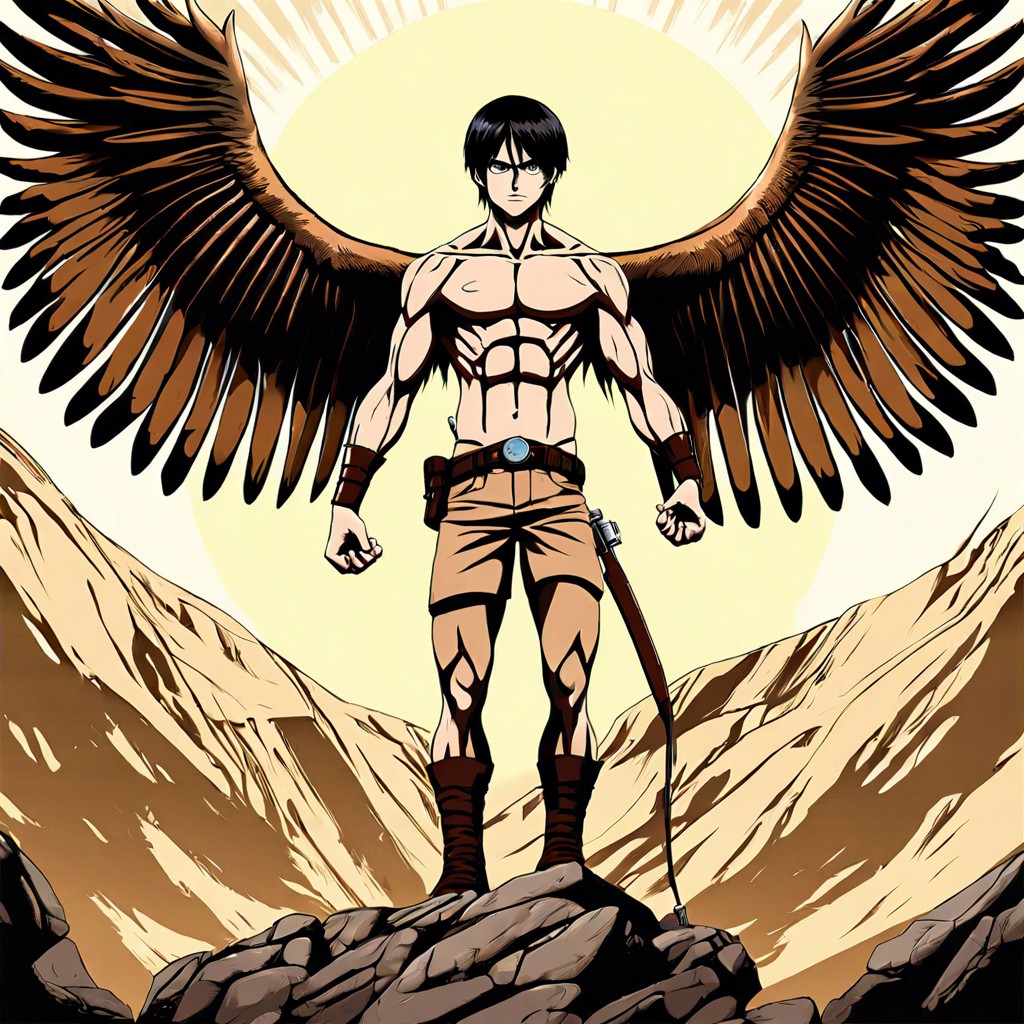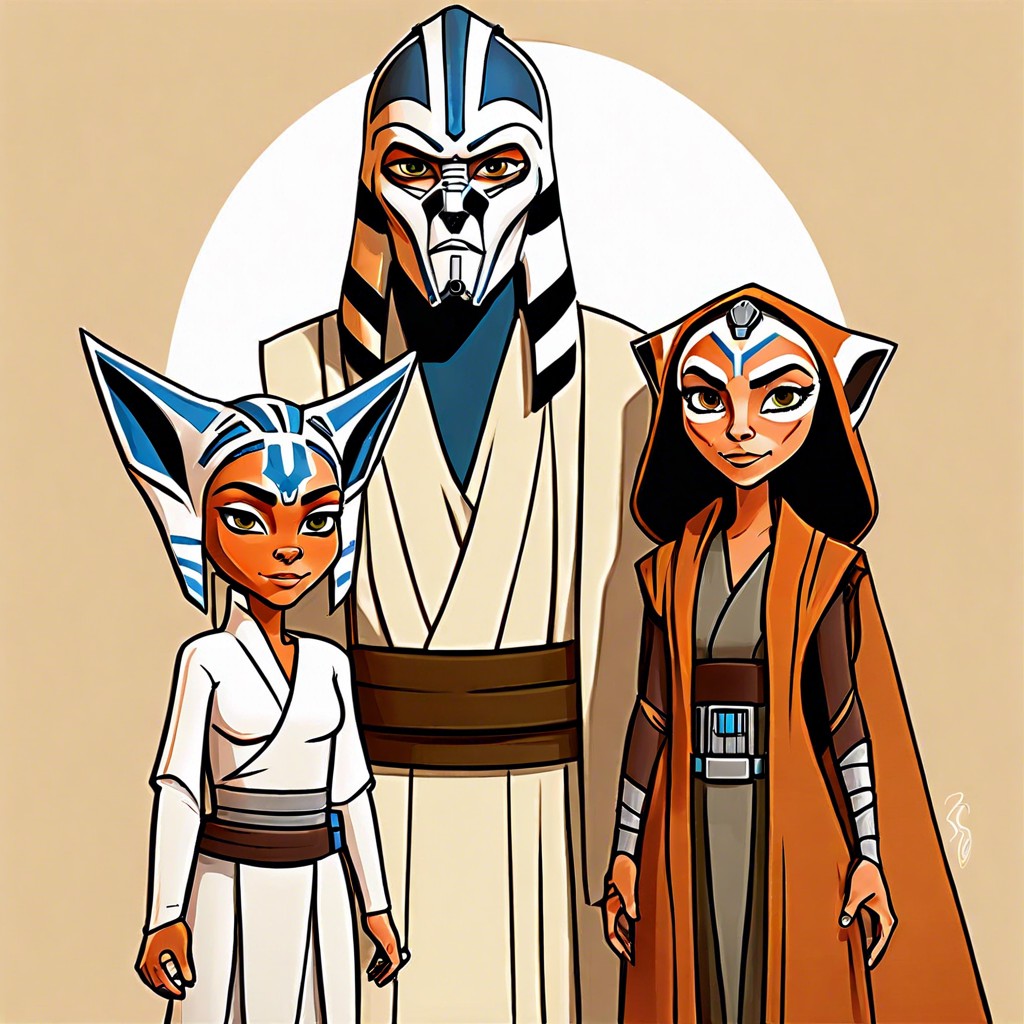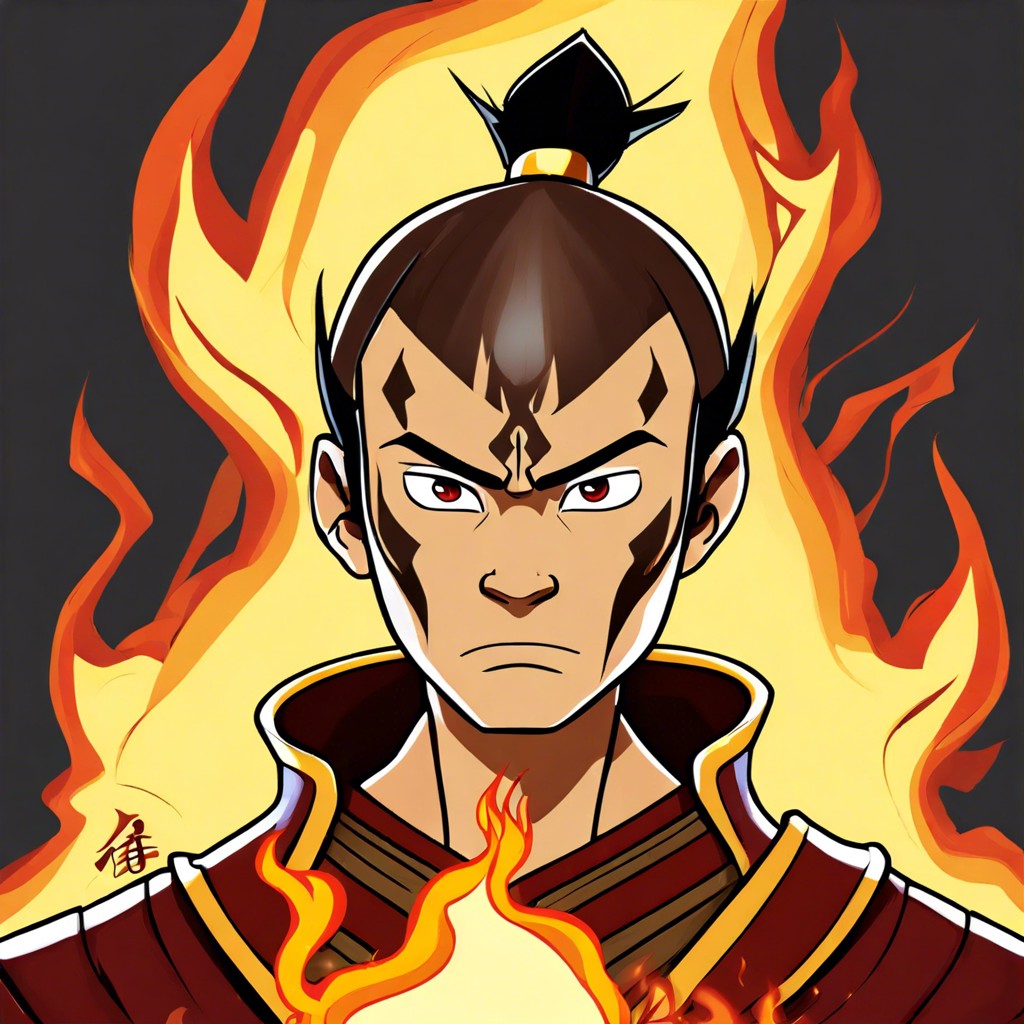Learn the surprising reasons why Big Bird was almost part of the Challenger space shuttle mission and what changed those plans.
Imagine the lovable Big Bird on the ill-fated Challenger space shuttle; feathers floating in zero gravity as a novel twist to a tragic story. This whimsical yet nightmarish idea spirals into a media storm, reshapes children’s programming, questions NASA’s credibility, and leaves lasting impacts on young minds. Keep reading to explore this mashup of Sesame Street and space-age calamity, as we dive into its potent cultural legacies and public tremors.
Key takeaways:
- Media frenzy with Big Bird on Challenger, social chaos.
- Educational programming shifts with science and space focus.
- NASA’s image tarnished, trust questioned post-disaster.
- Kids’ psychological turmoil with beloved character in danger.
- Long-term legacy as iconic symbol, cultural touchstone.
Media Frenzy and Public Reactions
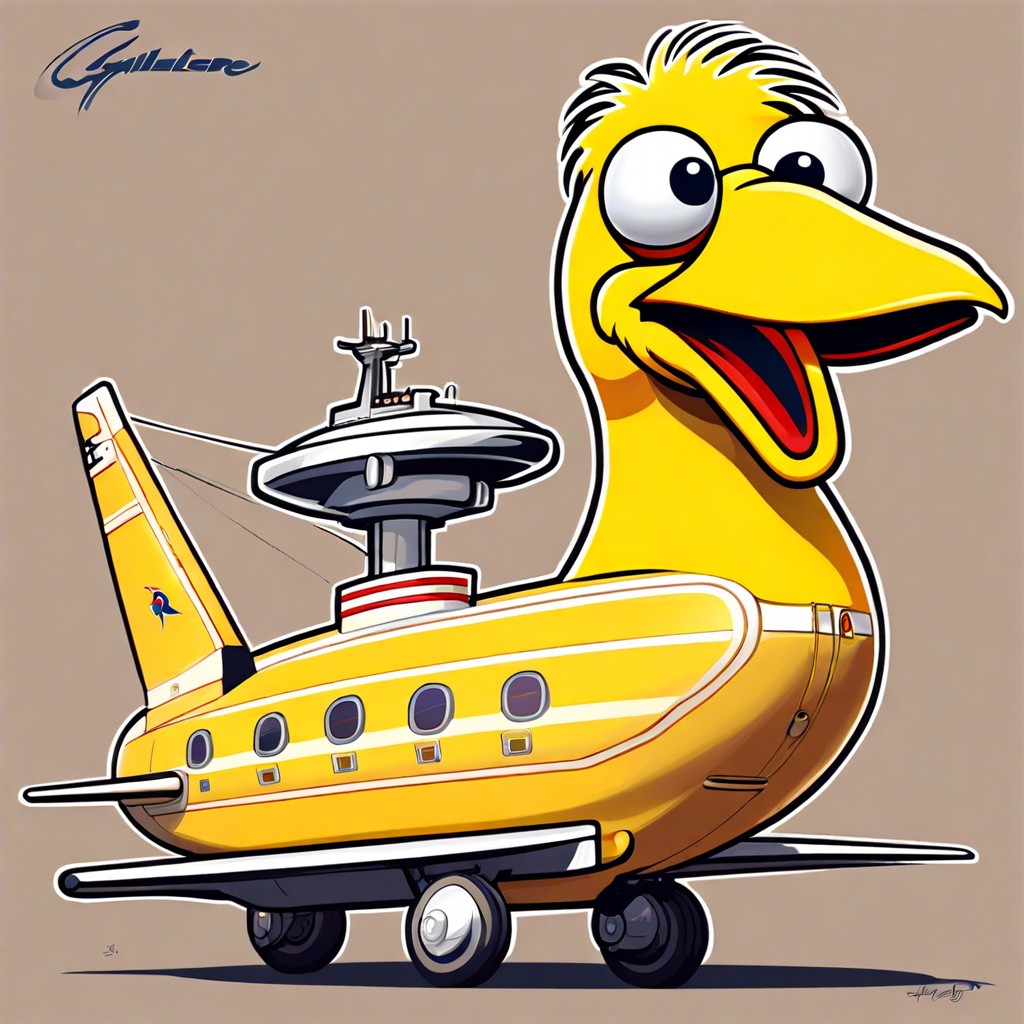
Imagine the scene: Big Bird, the beloved yellow feathered giant from Sesame Street, was on the Challenger. Headlines would have screamed, “Can You Tell Me How to Get to… the Stars?” Social media—had it existed—would have exploded faster than a rocket launch.
Parents’ groups would debate the wisdom of sending a children’s icon into space. Imagine the arguments around dinner tables: cartoon characters shouldn’t leave the apron strings of Earth, right?
News outlets would scramble to interview puppeteers, child psychologists, and NASA officials. Every camera angle would catch Big Bird’s goofy grin, feathered suit flapping in zero gravity.
Merchandise would soar. “Space Bird” toys, lunchboxes, and pajamas would flood stores—an uncharted merchandising galaxy. Imagine bird-branded space helmets and fluffy astronaut suits.
Now, think of the press conferences. Journalists would not just ask technical questions. Instead, they would ponder: “How does Big Bird handle weightlessness?” and “What are his favorite space snacks?”
The sheer absurdity and delight of this scenario would ensure, some serious things included. But boy, would it make for one heck of a spectacle.
Impact On Educational Programming
Sesame Street could have faced a major crossroad. With Big Bird embarking on such a high-stakes mission, educational programming might have taken on a new dimension.
Firstly, the show would have incorporated more science and space-focused content. Imagine Elmo looking through a telescope, or Cookie Monster eagerly learning about astronaut snacks (please, not the moon rock cookies).
Secondly, the potential loss would bring an unavoidable shift in focus. Addressing grief and loss, especially through beloved characters, might become necessary, leading to raw, genuine educational moments.
Finally, the entire narrative of children’s television could pivot. Safety, bravery, and the human spirit explored in ways previously untouched. An opportunity for deeper, more meaningful learning experiences.
NASA’s Image and Outreach Efforts
The idea of placing Big Bird on the Challenger was originally a stroke of genius. Imagine the boost in public interest! But, had it happened, the fallout would have hit NASA’s image like a meteor.
Firstly, the agency’s efforts to inspire a younger generation could’ve taken a severe blow. NASA, the dream-weaver, suddenly turned into a source of nightmares. Not ideal.
Next, public trust. People might start questioning NASA’s decision-making process. ‘You can put a giant yellow bird in space, but can’t make sure it’s safe?’ Yikes.
Lastly, creating a PR black hole. Genuine scientific advances would struggle to overshadow the shadow of such a high-profile disaster. The term “shooting for the stars” would have a new, darker meaning.
Astronauts would, of course, continue their heroics. Yet, the Big Bird catastrophe might have clipped NASA’s wings when it came to bold, public-facing projects.
Psychological Effects On Children
Imagine the distress on tiny faces across the nation. Sesame Street characters cuddle a special corner in every child’s heart, and Big Bird occupies prime real estate. Seeing their yellow-feathered friend in danger would be like finding out cookies are a myth.
Children, unlike adults, often lack the cognitive tools to process such complex events. They cherish innocence and fantastical elements. Big Bird in peril would have been a psychological sucker punch to their formative years.
Fear and confusion, rather than excitement and curiosity, might become associated with space exploration. Rather than dreaming about stars, kids might start fearing rockets. It’s not just about one character; it’s about a shift in how a generation perceives safety and adventure.
Moreover, such a traumatic event would necessitate a massive shift in how parents and educators approach subjects of grief and heroism. Suddenly, explaining why the bright bird isn’t flapping around could be a topic at bedtime stories, creating nightmares instead of dreams.
Lastly, the emotional rollercoaster’s ripple effect would probably reach schools and therapy sessions, as kids grappled with mixed feelings of loss and fear. The adventure of learning would momentarily wobble.
Long-Term Legacy and Cultural References
Imagine the memes. Big Bird as a brave, albeit feathered, astronaut would have become an iconic symbol, for better or worse. Popular culture runs wild with such potent imagery. Who could resist referencing a bird in space suits in countless TV shows, movies, and late-night comedy segments?
Then there’s the darker side. Themes around this chimera—innocence meeting tragedy—would’ve inspired thoughtful explorations in literature, reinforcing existential conversation and satire both. Scholars and psychologists might analyze the tale as a cultural touchstone for grappling with public trauma.
Mascots of popular media becoming scars of historic events isn’t new, but this tale would redefine dark humor and poignant moments in pop culture. We could be seeing creative murals and artistic interpretations in galleries worldwide, immortalizing Big Bird’s bold leap into the unknown.
Who knew a gigantic canary could find a permanent perch in our collective consciousness?
